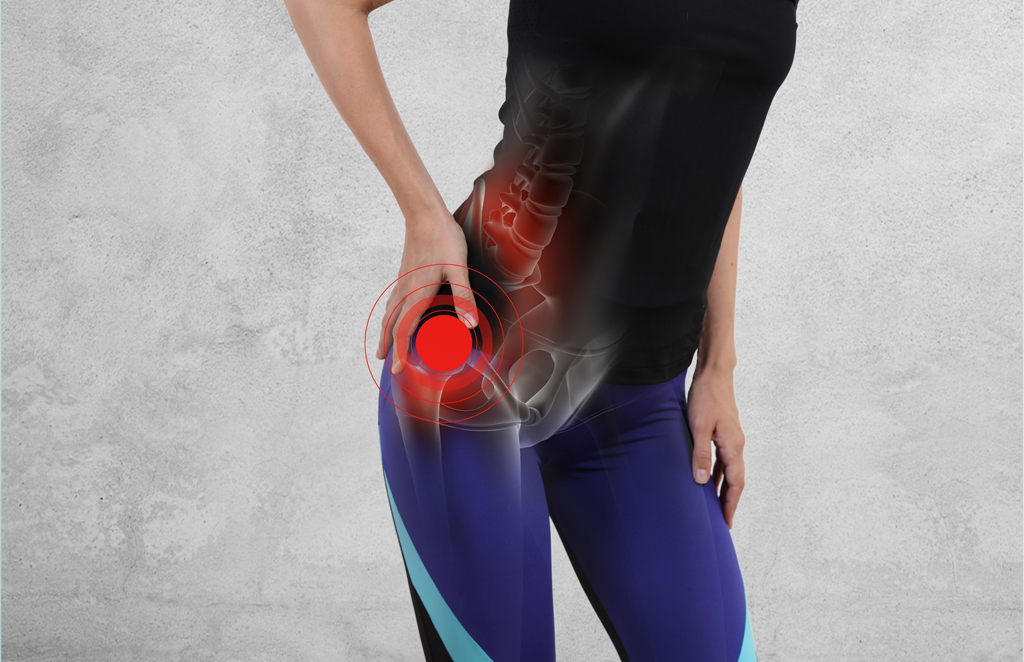The Role of Stem Cell Therapy in Hip Labrum Rehabilitation
The Role of Stem Cell Therapy in Hip Labrum Rehabilitation
Blog Article

Hip labrum injuries are increasingly common among athletes, fitness enthusiasts, and even everyday individuals due to repetitive strain, trauma, or structural abnormalities. Traditional treatments have ranged from physical therapy to arthroscopic surgery, but a growing body of research suggests that stem cell therapy could revolutionize how we approach hip labrum rehabilitation. This article explores the role of stem cell therapy in healing hip labral tears, its benefits, and how it compares to conventional treatments.
What Is a Hip Labrum Tear?
The hip labrum is a ring of cartilage that lines the outside rim of the hip socket (acetabulum). It acts as a cushion and helps secure the femoral head (the ball) within the hip socket. A labral tear can cause significant pain, stiffness, clicking or locking sensations, and reduced mobility.
Common causes include:
-
Sports injuries
-
Repetitive motions (e.g., long-distance running)
-
Structural issues like hip dysplasia or femoroacetabular impingement (FAI)
-
Trauma from falls or accidents
Traditional Treatments for Hip Labrum Tears
Initial treatments typically include:
-
Rest and activity modification
-
Anti-inflammatory medications
-
Physical therapy
-
Corticosteroid injections
If conservative measures fail, arthroscopic surgery to repair or debride the torn labrum may be recommended. While surgery can be effective, it comes with risks like infection, limited success rates, and lengthy recovery periods.
How Stem Cell Therapy Works
Stem cell therapy harnesses the body's natural healing power by injecting concentrated stem cells—typically derived from bone marrow or adipose (fat) tissue—into the injured area. These cells promote tissue regeneration and reduce inflammation.
When applied to hip labral injuries, stem cells may:
-
Stimulate repair of torn cartilage
-
Enhance tissue regeneration
-
Reduce inflammation and pain
-
Shorten rehabilitation time
-
Delay or eliminate the need for surgery
Benefits of Stem Cell Therapy for Hip Labrum Rehabilitation
-
Minimally Invasive
Stem cell injections are performed under ultrasound or MRI guidance and do not require surgery or general anesthesia. -
Faster Recovery
Many patients report quicker symptom relief and a faster return to daily activities compared to surgery. -
Natural Healing
Stem cells work with the body’s own healing mechanisms, promoting true regeneration rather than just symptom management. -
Lower Risk Profile
Because the stem cells are usually autologous (from the patient’s own body), the risk of rejection or allergic reaction is minimal.
Who Is a Good Candidate?
Ideal candidates for stem cell therapy for hip labrum tears typically:
-
Have a partial labral tear or degeneration (not complete detachment)
-
Wish to avoid or delay surgery
-
Have not found relief with conservative therapies
-
Are generally healthy and active
A thorough consultation, including imaging like MRI, is essential to determine eligibility.
What to Expect During and After the Procedure
-
Harvesting: Stem cells are collected from the patient’s bone marrow or fat tissue.
-
Processing: The cells are concentrated and purified in a lab.
-
Injection: The cells are injected into the injured hip joint under imaging guidance.
-
Rehabilitation: Post-treatment care may include a structured physical therapy program to optimize healing.
Most patients begin to see improvements within a few weeks, with continued progress over several months.
Is Stem Cell Therapy Right for You?
While stem cell therapy for hip labrum rehabilitation shows promising results, it’s not yet considered a universal replacement for surgery. The success of the treatment depends on the severity of the tear, patient health, and the experience of the medical provider.
If you’re experiencing persistent hip pain or limited mobility due to a labral injury, consulting a specialist in regenerative medicine can help determine if stem cell therapy is a viable option for your recovery.
Also Read: Non-Surgical Approaches to Treating Hip Pain
Conclusion
As regenerative medicine continues to advance, stem cell therapy is emerging as a powerful tool in the treatment of musculoskeletal injuries, including hip labral tears. By encouraging natural tissue repair and reducing inflammation, stem cell therapy offers a promising, minimally invasive alternative to surgery for many patients.
Report this page